Q&A with Performance Improvement Expert, Karl Roberts
- Karl Roberts, Managing Director
Why is this a unique time for Performance Improvement and what is the one thing a new PE portfolio company CEO should know
The past five years have been a particularly dynamic time, given demand and supply chain disruptions related to COVID-19, a head-snapping shift from nearly free debt capital to recent high interest rates, myriad disruptive impacts of transformational technology advancements and the like that are well outside of a management team’s direct control. As a result, investments suddenly seem much riskier – sellers still want to transact at historically high multiples, but buyers are warier, and the competition for quality deals is at an all-time high. As a result, the focus on value creation through performance improvement as a key value driver has never been higher – whether on the sell-side to maximize exit price or on the buy-side to justify a high purchase multiple. This type of value creation has been, and continues to be, more fully within a management team’s direct capability to control. While PE firms often focus on inorganic sources of value creation through M&A, management teams more often have to focus on organic value creation. It is incumbent on every CEO to have a clear vision and a prioritized plan to drive value creation to meet the needs of all stakeholders. The Portage Point Performance Improvement practice is purpose-built to provide CEOs and their management teams with the capabilities and expertise to formulate and execute implementation plans to help their enterprises realize their full potential.
Briefly describe your path to Portage Point
I was an operator in industry before I became a consultant. I was a line engineer for an aerospace firm, a financial analyst for a large manufacturing company, led business development for two major manufacturing facilities, led the planning and development function for a $1 billion business unit, was the general manager (GM) of a new product line for a major food brand and served as Vice President of Supply Chain for a $2 billion industrial company. As an operator, I had significant experience as a client of consulting firms before deciding myself to join an advisory firm.
Since moving into consulting, I have worked with well over 150 clients across more than 30 industry segments and spanning dozens of private equity (PE) firms – needless to say, I have done a lot. The main thread to all my client work over the years has been a relentless focus on helping clients not only identify, but implement, top and bottom-line value creation initiatives. My most impactful roles are when I am able to be a thought partner to investors and executive management teams helping them identify, prioritize and implement comprehensive value creation initiatives. Think of it as the intersection of strategy and operations – focusing on the most impactful value creation levers within whatever set of boundary conditions exist in each situation.
What excites you about the performance improvement practice at Portage Point Partners
The Portage Point Performance Improvement Practice is focused on delivering blue chip talent to middle market PE firms and their portfolio companies to help them realize substantial top and bottom-line impacts at a compelling value. Over the course of my consulting career, I have had the opportunity to work with a wide range of clients – from top 20 PE firms and Fortune 200 clients to lower-to-middle market PE firms and smaller enterprises. I have most enjoyed my experiences in the middle market space where there is often a higher sense of urgency and / or a clearer path to help clients drive speed-to-impact in weeks and months, not quarters and years. On top of that, the middle market is often underserved by the traditional consulting players whose economics require them to go up-market to make the numbers work. We have built a unique value proposition here at Portage Point and I am energized by the prospect of continuing to bring that capability to a wider set of middle market players.
How do your clients know when it is time to engage a Performance Improvement partner
Clients in this space are keenly aware of the need to drive value creation around all aspects of the business and investment life cycle. They tend to be good at recognizing when outside help is needed – but they may not always understand what that help looks like. The key is to be actively involved in regular conversations with clients so we can understand their priorities, be aware when there is a felt need for outside support, then engage in collaborative discussions to define their needs for assistance and, only then, put together a bespoke team and approach to meet those needs with a compelling value proposition. In short, we actively listen to our clients and serve as thought partners focused on their most important needs – when we do that well, it becomes mutually obvious that it is time for the client to engage a Performance Improvement advisor and, often, that Portage Point is their most compelling partner.
What is the most challenging aspect of performance improvement and how do you navigate it
There are a couple of old sayings – “If you do not know what you are trying to do, specifically, it makes it very hard to do it” and “knowing what to do and doing it are two very different things.” Most consulting firms can help clients figure out what to do and the specifics involved, but too often slip the clutch at implementing and realizing the expected benefits. Doing it is harder – because getting it done involves people up and down the ladder and it can be challenging to get cooperation needed to execute even the best laid plans. It is a challenge that requires both IQ and EQ to solve.
The Portage Point approach is to be very intentional about the change – first, establishing implementation charters to detail the who, what, when, where, why and how of every performance improvement initiative; and second, providing the leadership, structure, organization, transparency and visibility to ensure accountability to drive realization of the targeted benefits. It is so much easier to win hearts and minds when the plan is clear and detailed and the people who need to execute it understand and buy into the details, especially the why and how.
Is there a past engagement where you are particularly proud of the outcome achieved, describe
I’ve had the incredible opportunity to help my clients realize over $10 billion in value creation over the course of my consulting career – there are so many I could pick from! One of my favorites was an approximately $125 million consumer packaged goods company that had been struggling for years with revenues declining about 5% per year and needed to take cost out of the enterprise to stay in the black. Their owner had asked my team, comprised of three people who lived in different regions of the US, to come in and focus on ways to help the company take cost out of the selling, general and administrative expenses (SG&A) side of the business to help make the company more attractive for a sale – with a goal of selling the entire company.
The company was a manufacturer that sold through several different retailer customers. To make sure we were grounded in their business before the engagement began, my team and I went out and visited several of the client’s customer stores in our home cities to get a sense of their competitive position on the store shelves. We looked at relative shelf space, price points, packaging, comparative shelf appeal and the like – it took about a half a day for each of us to complete our discovery, which we did on our own nickel. When the team later compared notes, we realized the client had apparent issues with the 4Ps of marketing – product, price, place, promotion – and decided to raise that issue with the client in our kick-off meeting. We shared our perspectives with the client, led by a new CEO who had just started the same week that our engagement launched. The client appreciated the thought partnership and transparency. As we dove into the cost-focused work, the CEO asked us to address the commercial optimization opportunity as well, with a focus on developing account management strategies for each of the top 10 accounts
Fast forward to the outcome – within nine months the top line had grown by 25%, EBITDA was on path to quintuple (5X what it had been). Significant value was realized when a majority of the company was sold for over twice what the owner hoped to receive for the entire company. It was a great outcome for everyone involved – investors, management, customers and consumers.
 |
KARL ROBERTS Managing Director Karl’s areas of expertise include advisory, interim management and operating roles. Karl has over 30 years of experience as a trusted advisor to private equity firms, boards of directors and corporate senior management teams. He has served over 150 clients and 50 private equity firms across more than 30 different business sectors. Taken together, his teams have helped clients realize well over $10 billion in value through top and bottom-line improvements, and whole company transformations. |




































































































